The Sennheiser GSP670 Wireless Gaming Headset Review: Cutting The Cord
by Andrei Frumusanu on July 5, 2019 8:00 AM EST- Posted in
- Gaming
- Headset
- Audio
- Sennheiser
- GSP670
DAC Quality Investigation
To investigate the audio quality issues more in depth and to verify that it’s not just some side-effect of my measurement rig, I went ahead and dismantled the headphones and soldered in measurement cables into the speaker’s inputs so we can actually also measure the electrical audio signal from the DAC.
I limited my measurement to one channel on the right speaker for practical reasons, as anyhow the key measurements and characteristics we saw are present on both channels.
The frequency response of the signal coming out of the DAC and powering the speakers is pretty much flat for both transmission methods, however we do see some larger deviations on the GSA70 connections in the bass range, and of course we now confirm that the massive distortions on the Bluetooth connection past the 20KHz mark are part of the signal from the DAC.
When zooming in, we also see smaller artefacts and they’re quite different between the two connections.
I took the opportunity to measure stereo cross-talk, and indeed we’re seeing a relatively standard FR response curve when measuring the R channel while playing back on the L channel.
Please note that for the electrical measurements I attempted to adjust the output voltage (calibrated via external multimeter, dBV values are accurate) to get as close as possible to each other, to definitely rule out that distortion on the GSA70 isn’t simply because of its higher volume.
Again here we see the same oddity as on the speaker measurements that the Bluetooth connection is seemingly shifting down the higher harmonics by 500Hz – and again, that’s simply my interpretation of the behaviour when looking at the peaks. But even when taking this into account, overall distortion on the GSA70 is still higher.
I had made all measurements while calibrating the output voltage to the 1KHz signal test, so again it’s interesting to see that for the Bluetooth measurement here again it went quite further down in amplitude for the higher frequency fundamentals.
There’s notable distortion above 20KHz and this was confirmed by what we saw in the FR curve. On the GSA70 this time around we again see a ton of distortion elements in the lower frequencies, showcasing some worse off results.
In the SMPTE test notice how the 60Hz peak doesn’t change all that much in amplitude compared between the two connections as opposed to the much lower 7KHz tone in the BT measurement. Distortions on BT oddly enough again are lower frequency, but also lower than on the GSA70.
On the DIN test we again see a similar patterns – lower higher frequency volume on the BT test, but also lower distortions.
Overall Audio Conclusion
Overall, I’m not too sure what to make of the GSP670’s audio performance. On one hand, the actual speakers as well as drivers seem to be very high quality and it seems that in that regard they’re very much typical of Sennheisers within this price-range.
However, the core issue of the headphones is that they seemingly fail when it comes to the actual electrical signal output as well as the DAC quality of the CSR8670 ASoC that the company opted to use for powering these headphones.
My two main gripes are the headphone’s idle noise behaviour as well as the too high distortions on the GSA70 which are very much noticeable in every-day listening. Both these issues fundamentally are characteristics of a too weak DAC – the 16bit resolution of the unit just doesn’t cut it as it doesn’t have enough headroom to drive down the noise floor below audible levels.
The inter-modulation behaviour and differences between the GSA70 and Bluetooth are also hard to explain. Both behaved off the mark, but in the end the Bluetooth output did however give a much better sound experience.


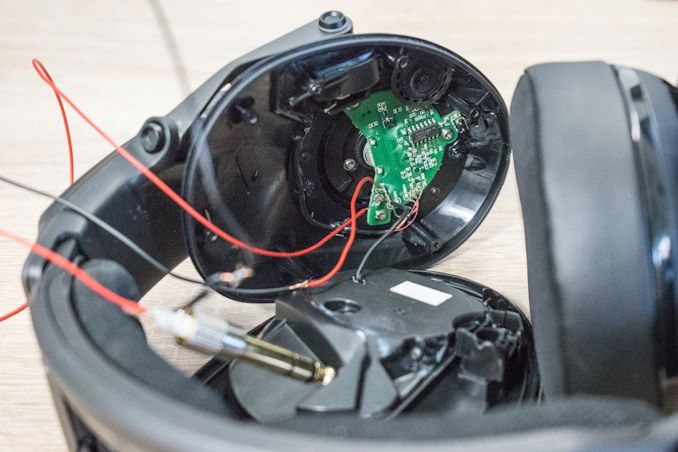
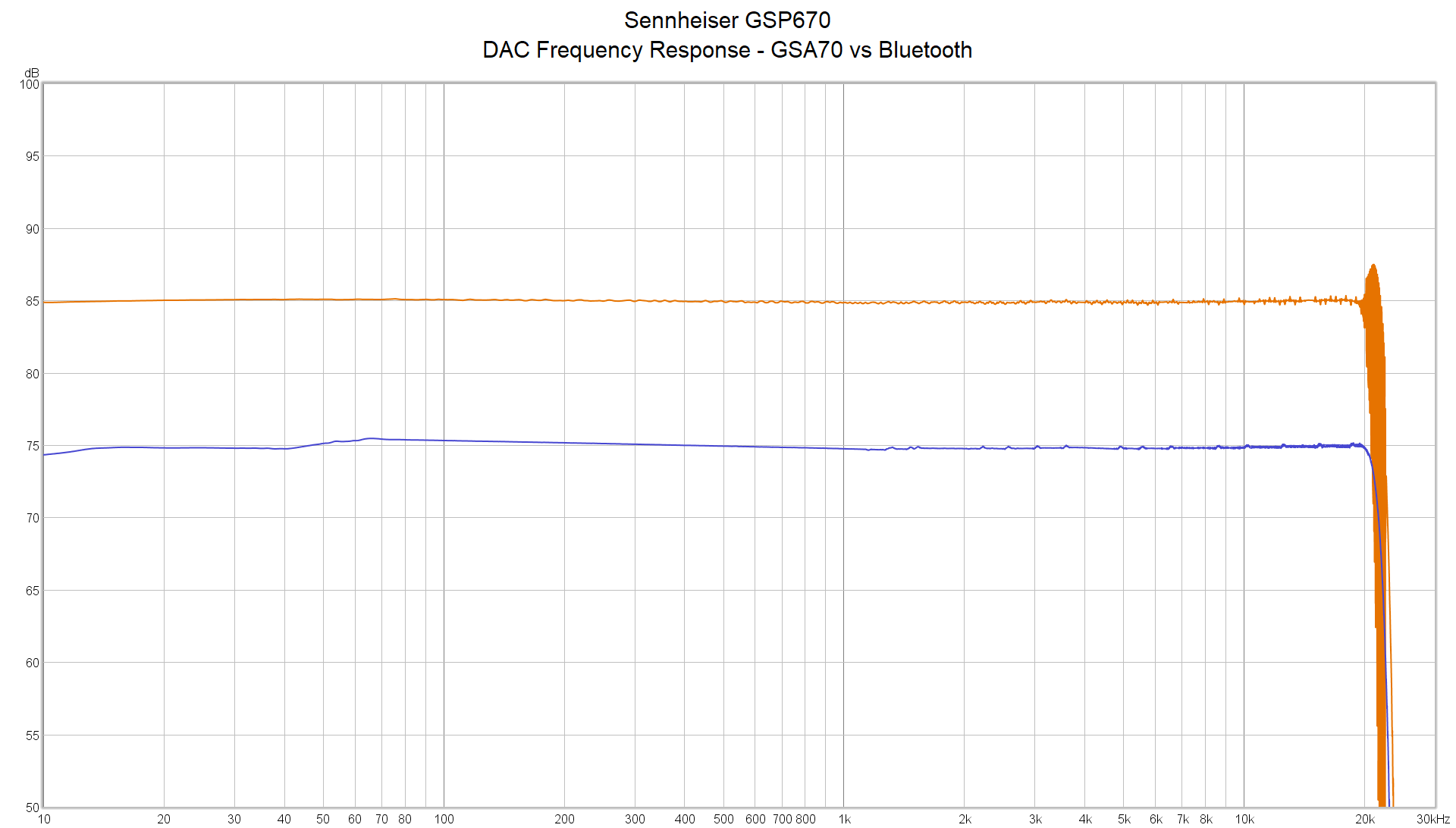
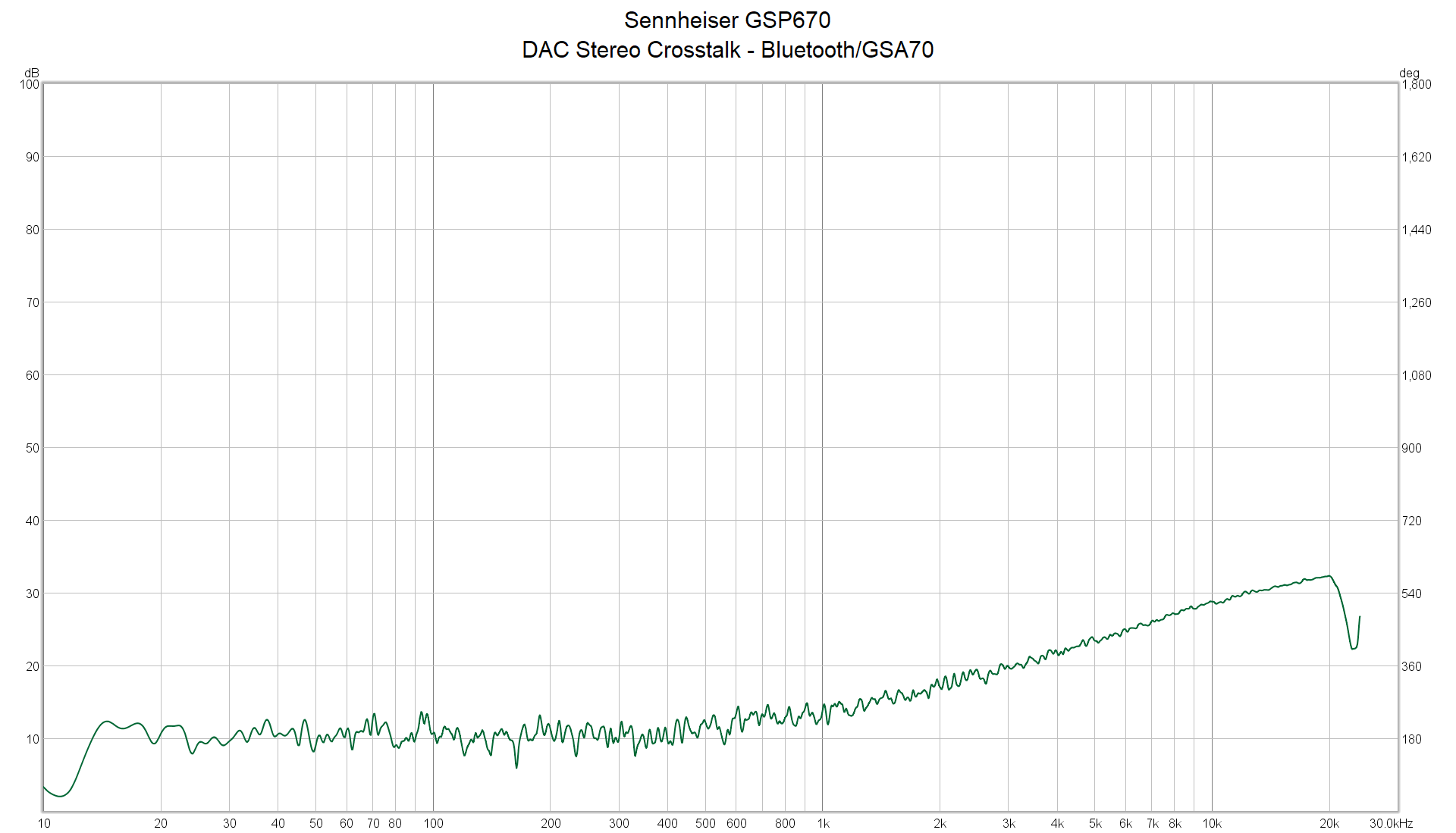
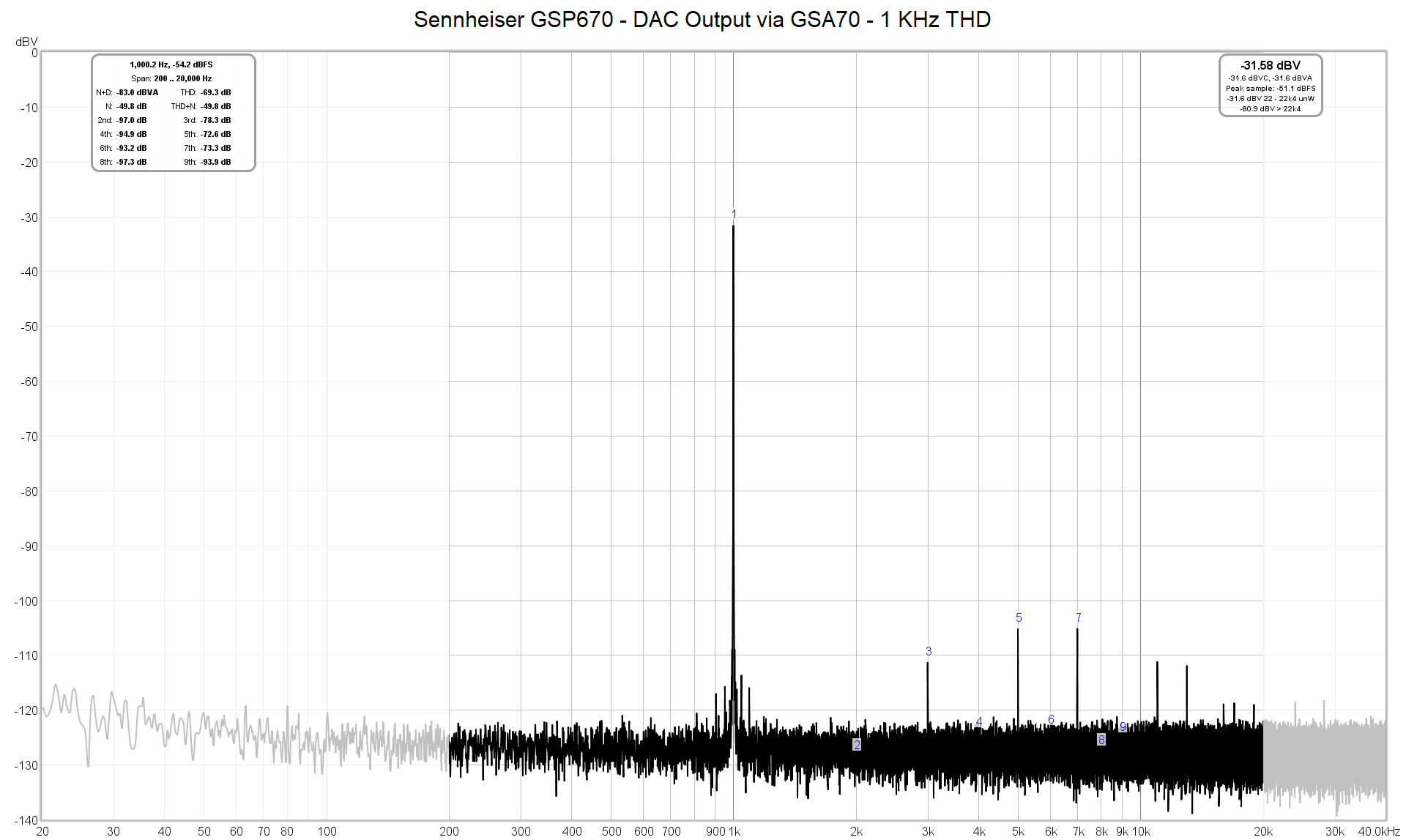
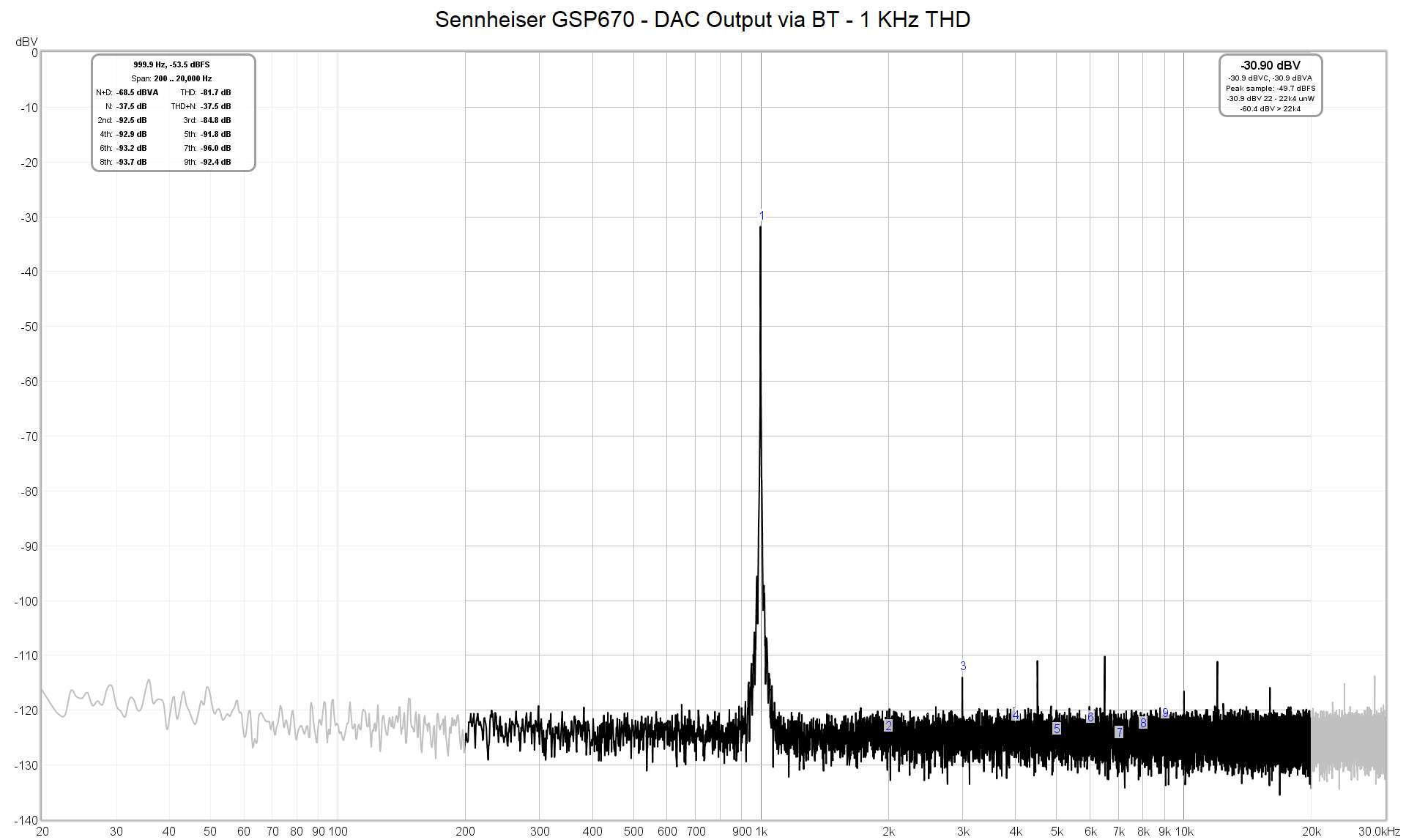
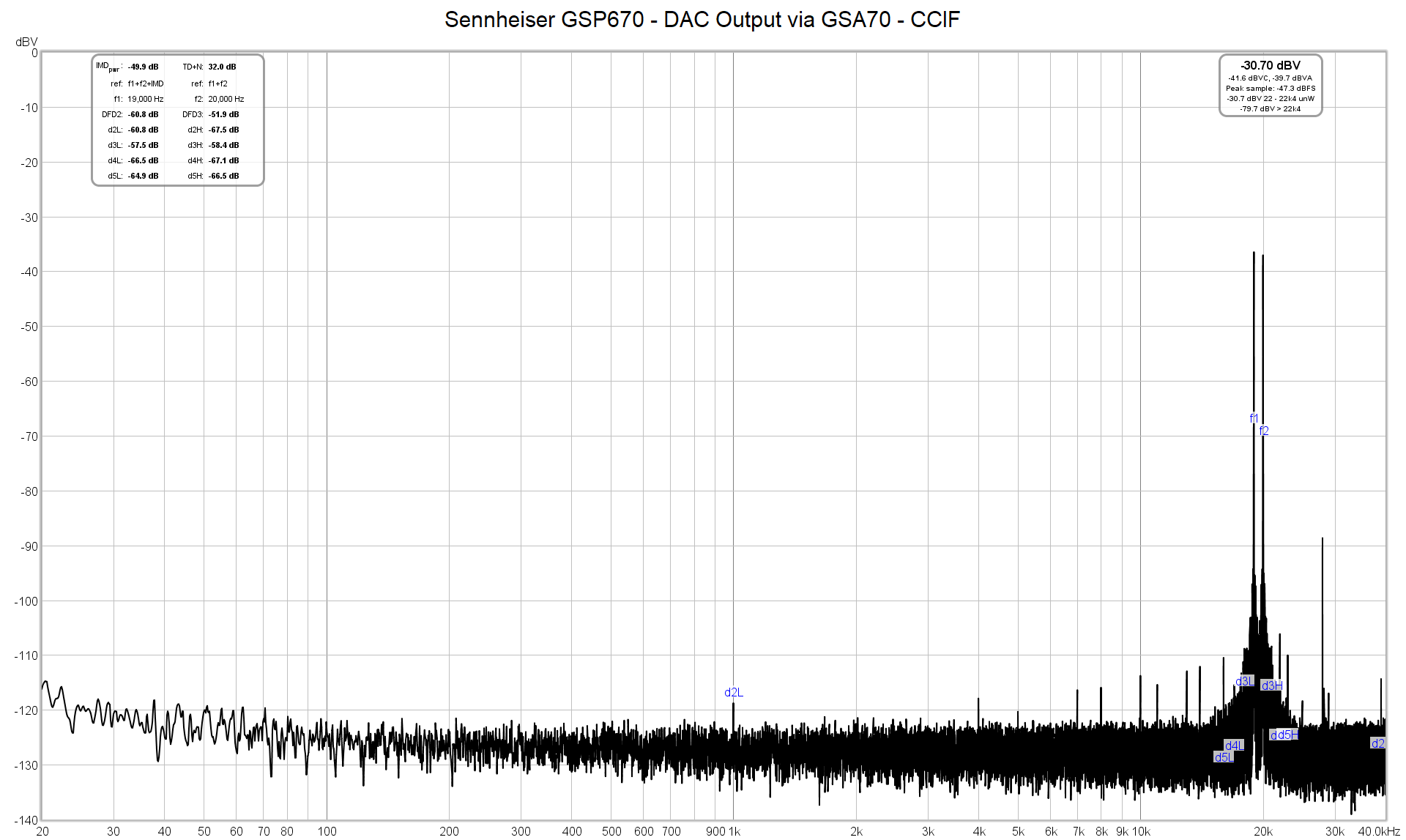
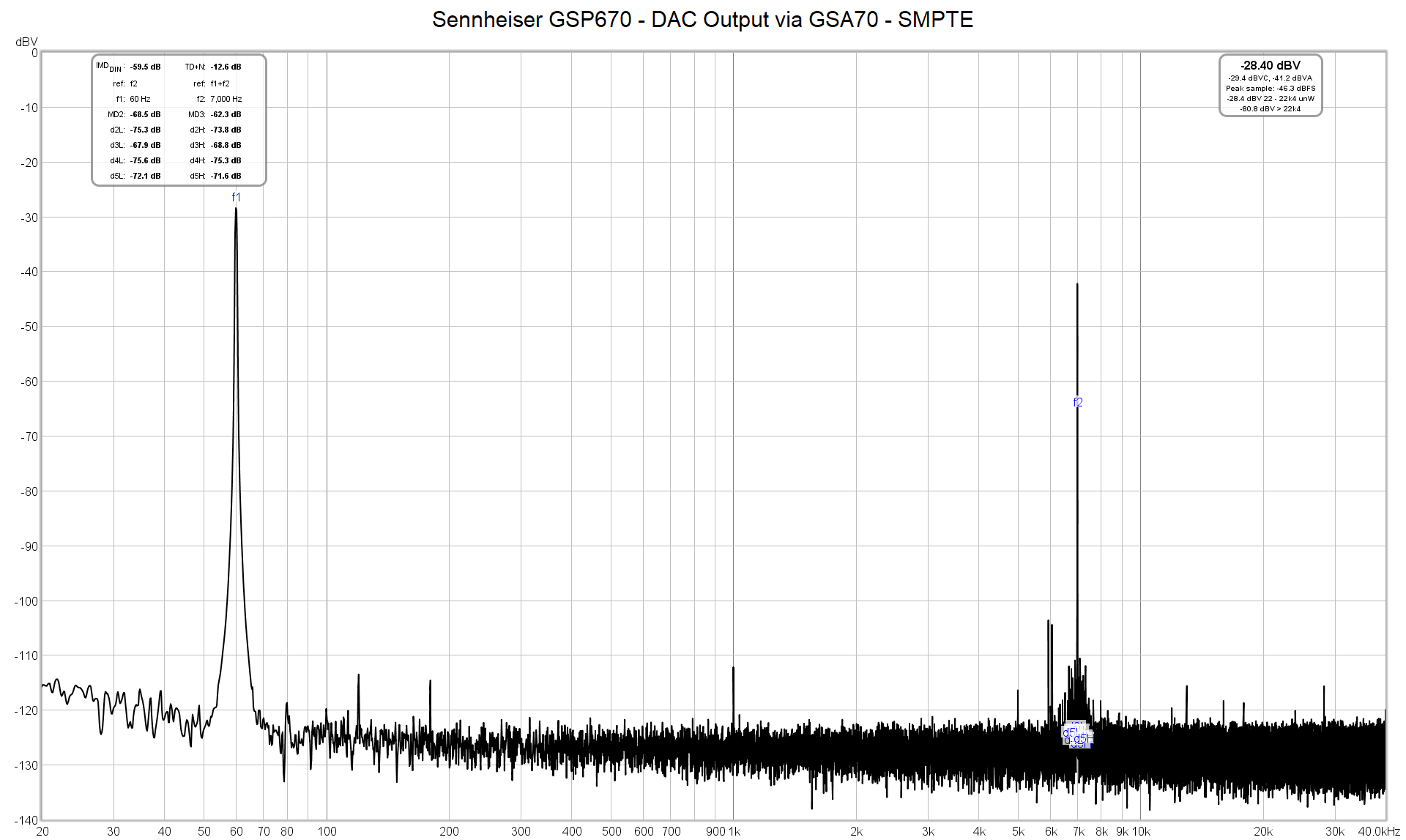









29 Comments
View All Comments
ZolaIII - Friday, July 5, 2019 - link
I am glad you came on board. Unfortunately neither this headphones nor especially awful AMP/DAC or bad BT RF WiFi modules deserve any attention & can not be recommended. While premium quality materials do deserve high grade that's about it when it comes to those headphones. Drivers aren't anything special & better ones can be found on much cheaper alternatives. The pads look good and quality built while still offering comfort & preventin sweating to much but then again their property clipping mechanism is a big minus. Amp DAC is a rather laughable as even cheaper Chinese DAP's come with better ones. The sound judging by your impressions is also nothing special including separation & the sound stage. While bas look like relatively easy to iron the difference between channels is a spoiler, mids are tad pushed back which is also a spoiler but it can be easily equlised the highs are bad & hard to equlise. In practice this means being tied to the per channel full band EQ (30 bands parametric) which is hastle. All in all pretty much disappointing from such a famous brand. Keep up the good work, finding good headphones especially in value for money category is a very hard thing.Andrei Frumusanu - Friday, July 5, 2019 - link
Right, I forgot to share the EQ targets:https://www.dropbox.com/sh/9adunymvqjbqwqs/AACeWpI...
Here are the impulse responses to be used for convolution, preferably via Equalizer APO.
The C1 target keeps a bit more of the warmth and bass of the default of the headphones while the D1 is a more flat target with wider soundstage.
ZolaIII - Friday, July 5, 2019 - link
Thanks for sharing.igavus - Friday, July 5, 2019 - link
This is an outstanding review. I really like how you followed up on the problems you found. I'm sure this will be of much interest to the team @ Sennheiser who developed & released this. I mean, they're probably not surprised, but I'm sure they didn't expect anyone to actually investigate the reasons for the poor performance. As usually audio review are just hand waving without much insight into what's wrong or concrete directions on how to improve.I just wish that they had engaged You or someone like you before releasing this dud to the public. Would have saved a lot of money and effort. As it stands, this headphone apart from the materials quality has nothing going for it. And the material quality is utterly wasted in this case.
Excellent journalism, wish there was a "give this man a beer" button somewhere, you definitely deserve it ;]
mooninite - Friday, July 5, 2019 - link
You have to be very careful about the Sennheiser products you look at. Some of them are very high quality stuff, while most of it seems to be generically engineered to be mass-produced with their label stuck on as a profit booster. Most of their low-level consumer fruit is nothing special yet it still costs hundreds of dollars while their professional grade products are sometimes a little cheaper.Oliseo - Friday, July 5, 2019 - link
Personally I find open backed headphones far superior for game playing. It actually provides an advantage in shooters as you can easily pinpoit directional sounds much more than a closed back set.Of course, this has the disadvantage of disturbing those around you.
But, if you don't have that problem, then always go with open backed headphones, especially for gaming, as they simply deliver a far superior sound stage.
BenSkywalker - Friday, July 5, 2019 - link
It's not just for gaming, closed headphones are just inferior in every way outside of isolating noise. Wireless are also flat out inferior, put them together and anything better than got garbage is actually noteworthy.Byte - Friday, July 5, 2019 - link
You just need to broaden your horizons. I recently was in Japan had had a chance to listen to a bunch of headphones from $200-$4000 and it was amazing. There is no inherently "better" technology. Just which fits your tastes. In that regard, wireless is just trash, and so are "gaming" headphones.Sivar - Monday, July 15, 2019 - link
Wireless is not necessarily trash. Sennheiser developed lossless wireless tech for their wireless HD650, though I doubt it is used in these gaming headphones.Lossy wireless isn't even necessarily bad. No human can reliably tell the difference between a properly encoded lossy audio file (AAC, Vorbis, etc.). True, headphones do not directly transmit such file formats, but in principle excellent fidelity is possible.
Bluetooth in general is not great for audio quality, but with aptX it has at least the potential for good listening, though I have not heard any supporting devices myself.
Andrei Frumusanu - Friday, July 5, 2019 - link
There's really nothing preventing closed headphones of having good imaging and wide sound stage.